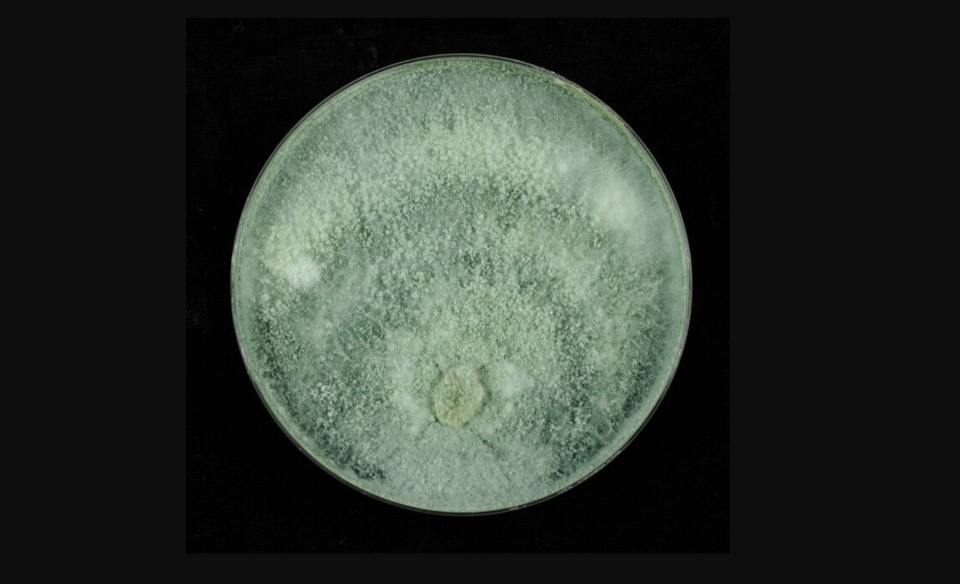A Summerland plant pathologist is working on a cure for a complex disease that continues to attack grapevines across the province.
José Ramón Úrbez-Torres and his team have been working on a way to combat the notoriously destructive grapevine trunk disease (GTD) through laboratory, greenhouse and field trials at the Summerland Research and Development Centre.
“These diseases are caused by many different fungi. It’s not like some other diseases that one pathogen causes one disease,” he said. “So in this case, we have over 40 or 50 different fungi here in С����Ƶ that we have identified that are associated with this complex disease.”
Pathogens will infect the vine through openings during the pruning season as spores in the environment, eventually limiting the plant's intake of water and nutrients and resulting in its eventual death.
“What is happening is currently in С����Ƶ or in Canada, we have no control method for these diseases. There are no products, whether they are chemical or biological, that we can use or growers can use to control this disease. So that's why a big part of our research was to try to find a control strategy that growers can use in the field,” Úrbez-Torres said.
Research started off with understanding how the disease works and which fungal pathogens are present in С����Ƶ Úrbez-Torres and his team then conducted studies trying to identify the environmental conditions the pathogens favour in the region.
“We put all these together to find the best control strategy,” he said, adding that they factored in how many growers are completely organic and can’t use chemicals.
“There was a big interest in trying to find a sustainable solution to control these diseases. So in this case, we were able to identify native fungi here in С����Ƶ that actually have a property that is to attack the bad fungi.”
These fungi are already well-established in С����Ƶ, which helps them to be locally sourced and easily accessible to growers.
The fungi, when applied to the pruning openings, will colonize the area and act as a shield so when the infectious fungi arrive, so the spores are not able to land on the plant or access the plant.
Úrbez-Torres said last week their latest paper on their research findings, Fighting fungi with fungi: Sustainable measures against grapevine trunk diseases was accepted in a recognized scientific journal, highlighting the success they have had in using these biological control organisms to fight these pathogens.
“Our end goal will be to develop a product that can be registered and can be used,” he added. “We still need to do far more research to get to that point, to have a proper register, it takes time. And it's not something easy to complete.”
For the time being, growers are using other management techniques that Úrbez-Torres and his team have also done research on, and that they know how to implement.
“For example, we know now that if we prune the vines earlier than later, then we are able to minimize the infection by up to 80 per cent. …We have scientific data that if growers will just prune in January, or February, versus pruning in March or April, which is when usually growers prune in British Columbia, they can already reduce infection.”
Úrbez-Torres is starting the second round of research under the Canadian Agricultural Partnership and hopes to move quickly to a product that is registered and growers can use.
“We are also doing a lot of research in other problems that the industry currently has not only on grapes but also on tree fruits," he said.
Much of the research work comes from UС����Ƶ student Jinxz Pollard-Flamand, which is part of his Master's Thesis and is done in collaboration with Professor Miranda Hart at the UС����Ƶ Okanagan Campus Biology Department.
Funding for the project comes from the British Columbia Wine Grape Council, which provided 30 per cent through the Canadian Grapevine Certification Network, while Agriculture and Agri-Food Canada provided the rest.
“We wouldn’t be able to do the research without support from both the industry and the government, as well as all the team and everybody who has been working on this.”




